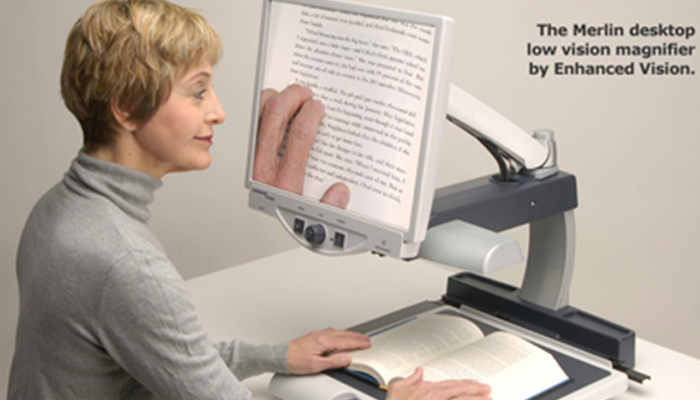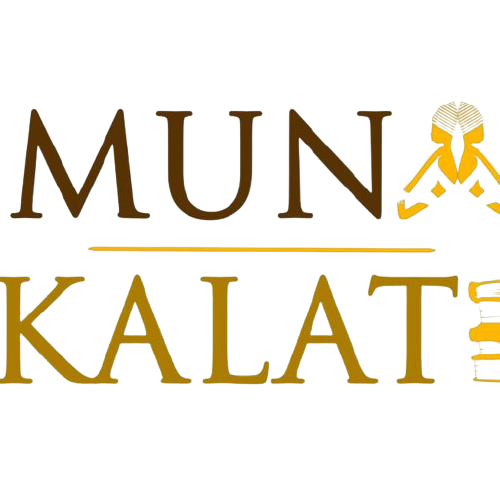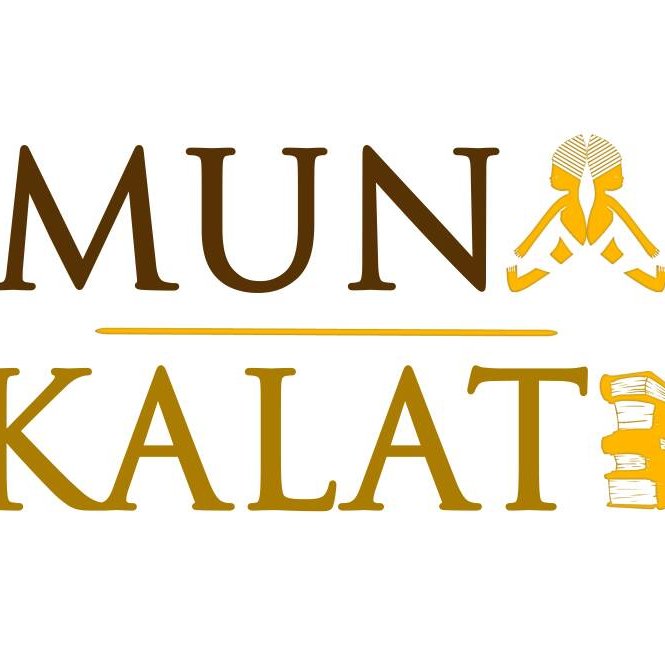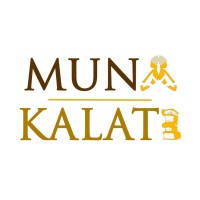A webinar on the theme: ‘Accessible Publishing in Africa – the Fundamentals’ was organized on 6th July, 2022 by the DAISY Consortium in conjunction with the International Publishers Association (IPA). This webinar sought to train African publishers and players in the publishing industry on the importance of accessible publishing practices to enable people with learning and print disabilities, including blindness and low vision to easily read all manner of books.
In the opening address Bodour Al QASIMI, president of the International Publishers Association , founder and CEO of Kalimat Publishing Group, said the IPA’s Inclusive Publishing Committee considers Accessible Publishing as the conduit through which literature and knowledge are open to everyone, regardless of their circumstances. Since every person has the right to read books in whichever format is accessible to them, the goal of the committee is to support any initiative which promotes this fundamental right.
She was of a firm conviction that the next big economic growth will be in Africa, not just because of its natural resources but also because of the continent’s human resources. The future of the African continent will be driven by the young who make up the majority of the population and hence provision of access to knowledge and all the necessary tools will help in unlocking their potential and that of the continent as a whole.
Ernest Oppong, the Executive Director of African Publishers Network (APNET) and also the Assistant Executive Secretary of the Ghana Book Publishers Association, stated in the second welcome address that the Publishing Innovation Fund has immensely contributed to African publishing initiatives. The capacity of the African Publishers Network (APNET) has been expanded as a result, thereby reducing the burden of publishers in Africa on accessible publishing for readers with disabilities, such as blindness, low vision, and learning disabilities. Hitherto, efforts made to make publications available for the visually impaired in Africa have not received much more attention and interest from many African publishers. However, APNET believes that this capacity building will positively change the story.
The journey towards accessible publishing
Richard Orme, CEO of DAISY Consortium explained how digital publishing is big business in the developed countries with a high volume of e-book sales in the United States since 2011. The sale of electronically published books overtook printed books and the trend has escalated to the point where the United Kingdom increased sales of educational e-books by 1% higher than that of printed books last year.
Demand for ebooks rose by 30% and the exponential increase in digitization of books in the education and information sector has contributed to the growth of the digital publishing market. In 2020, the change in learning methods from traditional printed textbooks increased the demand for e-book readers, smartphones and tablets across the globe as a result of the Covid-19 lockdowns. The sale of physical books went down by 80% in India.
Before the emergence of the pandemic, younger people preferred online newspapers and journals but the direct effect of Covid-19 was the switch by older people to digital publishing. This helped to drive the market for digital publishing and has tremendously benefited people with disabilities who find it easier to read digital books with assistive technology but are unable to read print books.
Print Disabilities Explained
People with print disabilities are those who are unable to effectively read or see the text in printed books as a result of physical, visual, cognitive, developmental, conceptual or learning disabilities. This includes those who cannot hold a book or turn the pages or even read the text of a book due to dyslexia and people with physical disabilities or challenges. With regards to accessible publishing, these individuals have different needs. The World Health Organization has reported that approximately 2.2 million people have visual disabilities and on the African continent alone, 5.9 million, almost 6 million people are completely blind.
How accessible publishing works

Visually impaired people use screen readers in order to read accessible books. The software provides accessibility settings such as turning on the screen reader which supports the images on computers and other devices such as tablets and smartphones. Adjustments such as increasing the text size, changing the text from black to white to reduce the screen glare, use of headphones connected to the computer through which a computerized voice reads out the text displayed on the screen.
The screen reader also has the capacity to spell out unfamiliar words as a text is being read. The device also allows a reader who needs to read in braille, to be able to feel, touch and read the content.
People with health conditions such as muscular dystrophy and paralysis from the neck downwards are unable to manipulate or use books like other people. They have to use a mouth switch to control the computer and interact with content on the screen.
Therefore, if books are published using the principles of accessible publishing, persons with disabilities and those without can all read the same book. This is sometimes referred to as reading with eyes, ears, and fingers. For example, persons with low vision could adjust the colours and increase the size of the text, and people who are blind could use screen readers to listen to the text or use refreshable braille displays to feel the text with their fingers. Those with dyslexia or other learning disabilities can customize the text, colours, layout and font, and also make use of read aloud technology. Finally, people with physical disabilities could use voice or switch control technology.
Examples of accessibility practices
Regular software and file formats can be used. To ensure your publications are accessible, follow the standards and specifications developed by the publishing industry which supports accessibility.
Examples of accessibility practices is when publishers make sure that all the text content is included as text and not as pictures of text. Another example is to provide good structure by using the features of a digital publishing software to create headings at different levels. This ensures that when there is a list in the text, it is encoded and marked up as a list within the text. Anyone using a screen reader will hear when they reach a list and will also be told how many items are in the list.
Next, include tables in your publications such as textbooks. Tables must be included as tables and not as pictures of tables. A table is only accessible to someone using assistive technology when they are appropriately placed. Only then can the reader be able to navigate around and hear the column and row headings.
Links in publications which are placed there to lead to external resources must be live links to aid in navigation not only for people with print disabilities, but for everyone.
Images can be used in accessible publications to make the titles easier to understand, interesting and exciting for people, especially those with learning disabilities. It is important to include short text descriptions to make them accessible to those who are blind.
Finally, provide accessibility metadata. This means the provision of information about the title, the author, rights etc. Our follow up article will expound on the publishing houses making use of accessible publishing.



